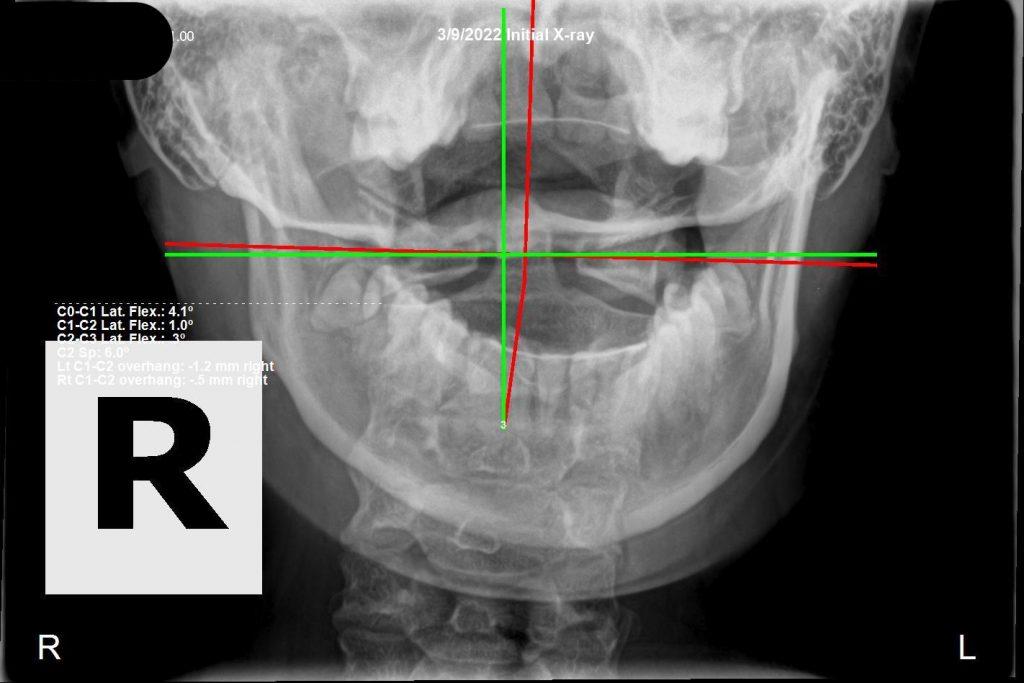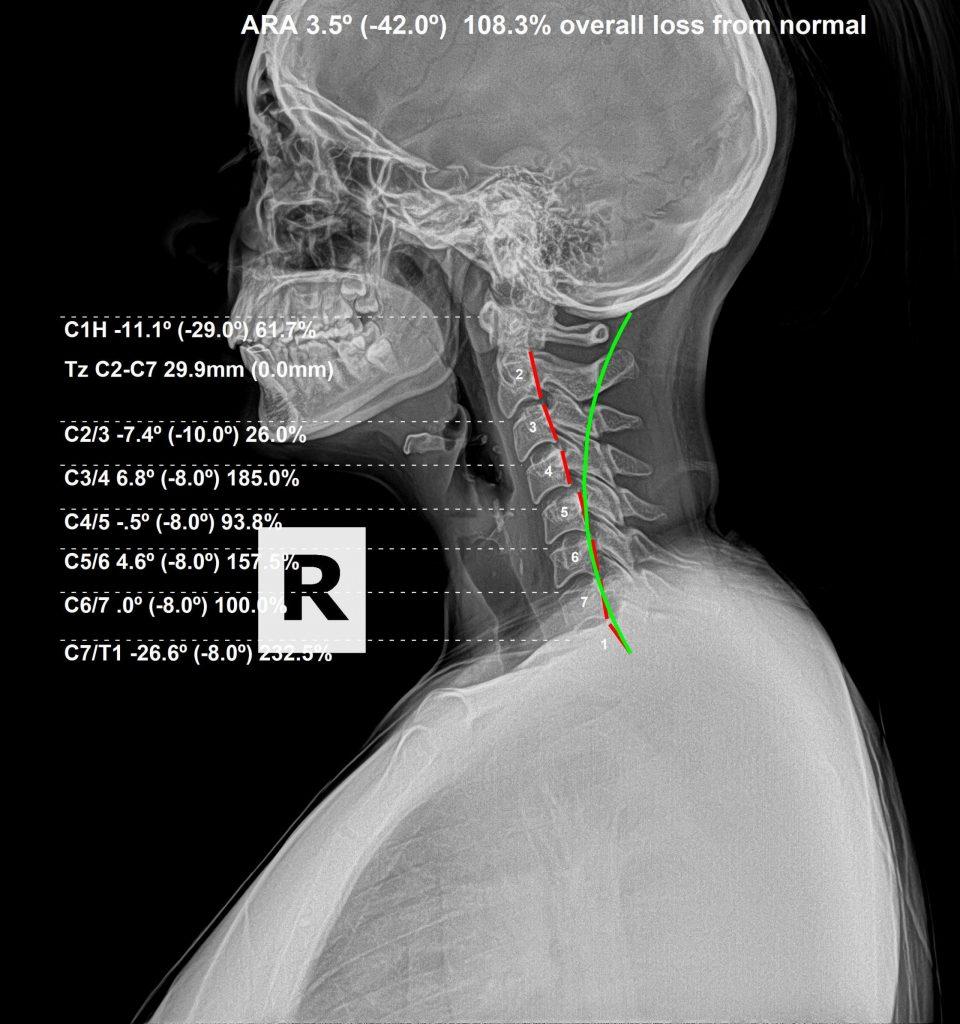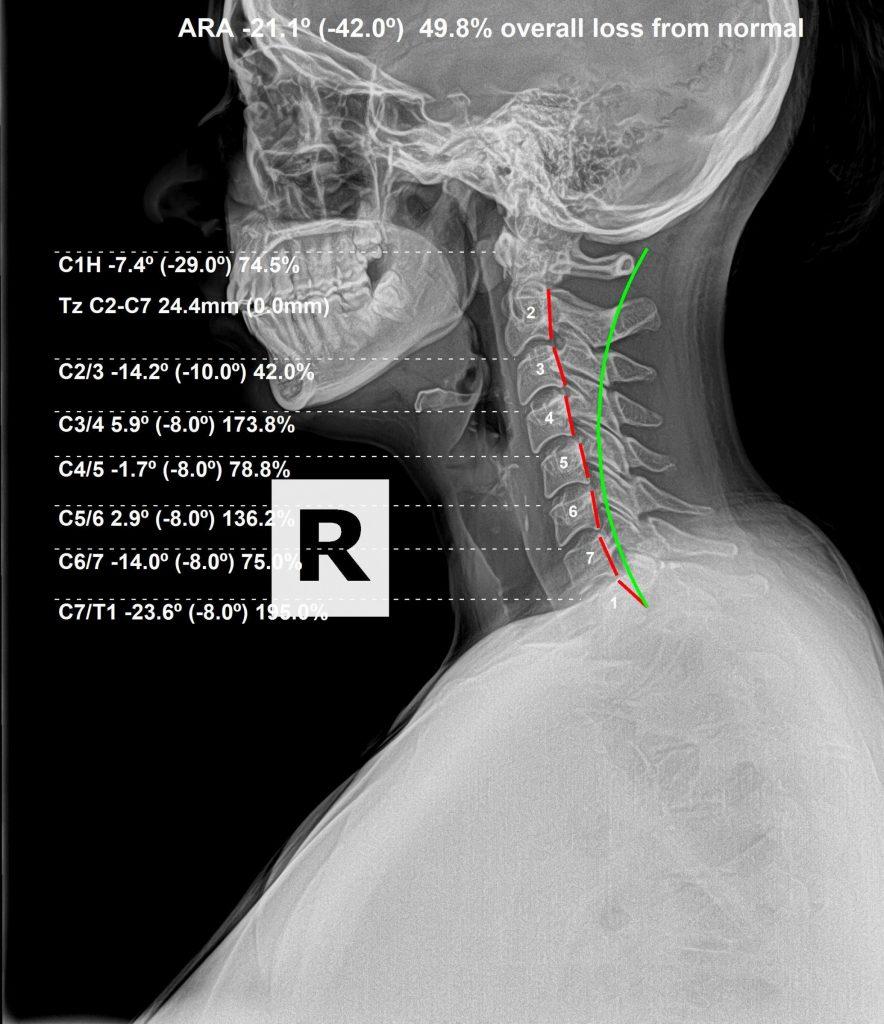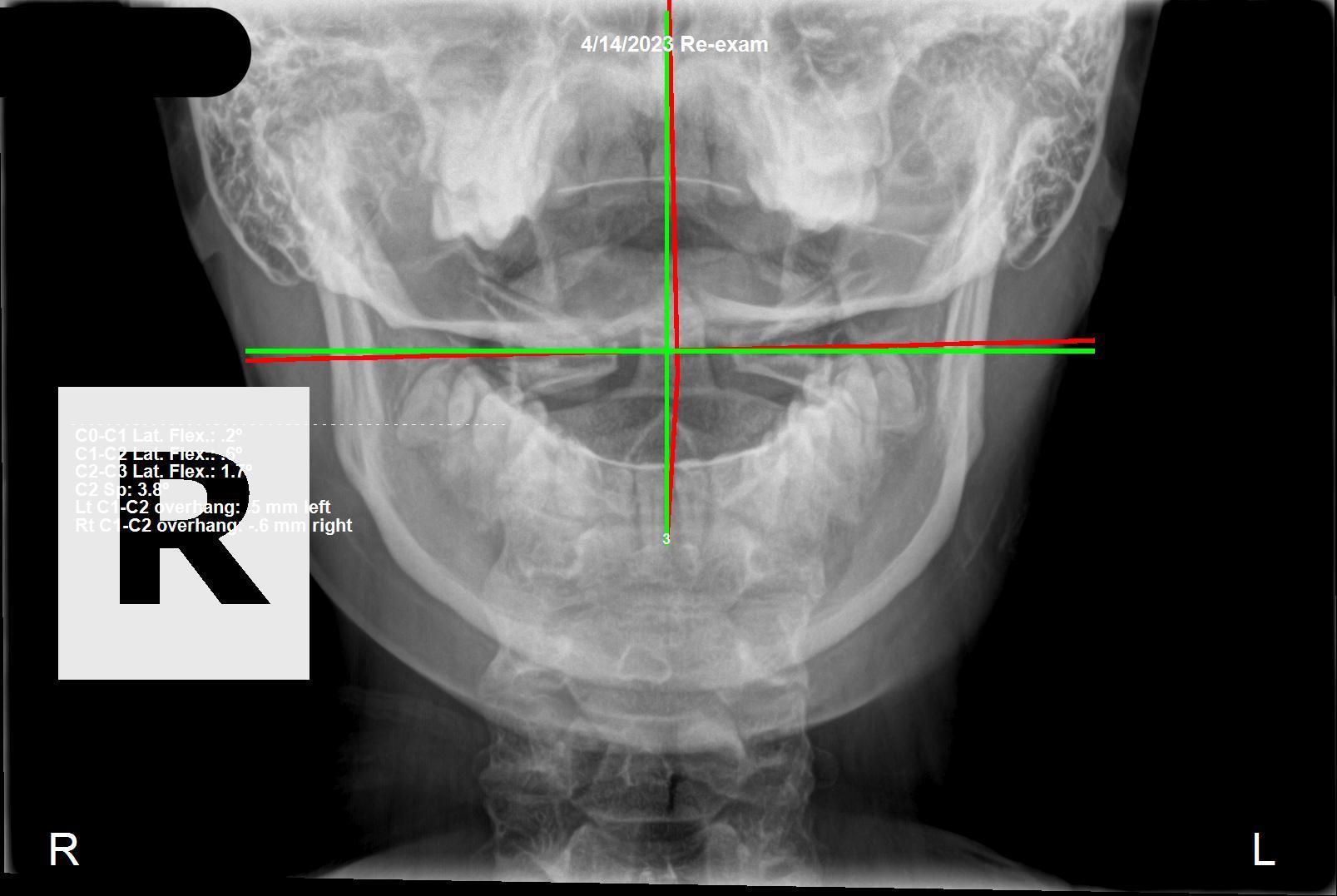It’s not your computer screen!
Are you someone who spends their entire work day looking at a screen? Whether it’s a phone screen, tablet, laptop, or large format monitor, work today almost requires spending time in front of screen. Due to this shift in work mechanics, we continue to see people with complaints of headaches, sometimes migraines, on an almost daily basis. That is no way to live! The main thing to understand is that the screen is not the CAUSE of the problem. There is usually something else causing your headaches, and most people don’t know what to look for.
Subluxations affect people of all ages
In this case, we have a 28 year old female, who was referred to us by a family member. Her work requires her to be in front of a computer screen for hours everyday, usually with her head turned to one side. She had severe headaches, tingling into both arms and hands, and increasing weakness as well. Her neck pain often woke her up at night, interrupting her sleep. She also started to notice changes in her menstrual cycle as well as her digestion. All of these symptoms started to present within the last year. She couldn’t relate a history of injury, so trauma (asides from birth trauma) was not a direct factor in her health history.
She thought that her symptoms were stemming from the amount of time she spent in front of the computer screen. However, after taking x-rays, we see that she has some pretty significant subluxations in her neck, affecting alignment and stressing her nerve system. Subluxations of the 1st bone of the neck, Atlas, is usually the biggest factor. Loss of the neck curvature (lordosis), is another common factor in people that suffer from these types of symptoms.
Something ELSE was the cause…
We have already talked about head tilt in a different post (read that here) and how head tilt is affected by C1 subluxations. Head rotation is another misalignment subluxation pattern that stresses the brain stem, producing a myriad of losses of function. When the brainstem is put under pressure, that can affect the Vagus Nerve (Cranial Nerve 10). The Vagus Nerve is called “The Wanderer” because it goes to every cell in the body.
When you combine an Atlas subluxation, with a loss of neck curve (lordosis), that puts a tremendous amount of pressure on the spinal cord. The muscles under the skull (sub-occipital muscles) get stretched and will often go into spasm to try and protect the Upper cervical area. This is the perfect storm of stress that affects so many people with headaches / migraines. That is why it is so important to get evaluated and checked as early as possible. This is a correctible and preventable issue.
The proof is in the outcome
It goes without saying that she had a miraculous improvement in function. Did her headaches go away? Yes. Did her neck pain and tension resolve? Yes. Did the paresthesias radiating into her arms and hands go away? Yes. We would expect that from improving alignment. What about the sleep disturbances? Or the digestive and reproductive system dysfunction? Happy to say YES!!!
We explained that correcting her subluxations would allow her spine, and consequently her nerve system, to function better. Once her nerve system began controlling and coordinating her body better, she began to HEAL. Her body began functioning better, regaining health. The side effect of correcting her subluxations was better quality of life.
If you are suffering from a loss of function, I would argue that there is something else causing your headaches (or whatever other symptom you are feeling). Get to a structural correction chiropractor and get your subluxations corrected. Your life will improve!





